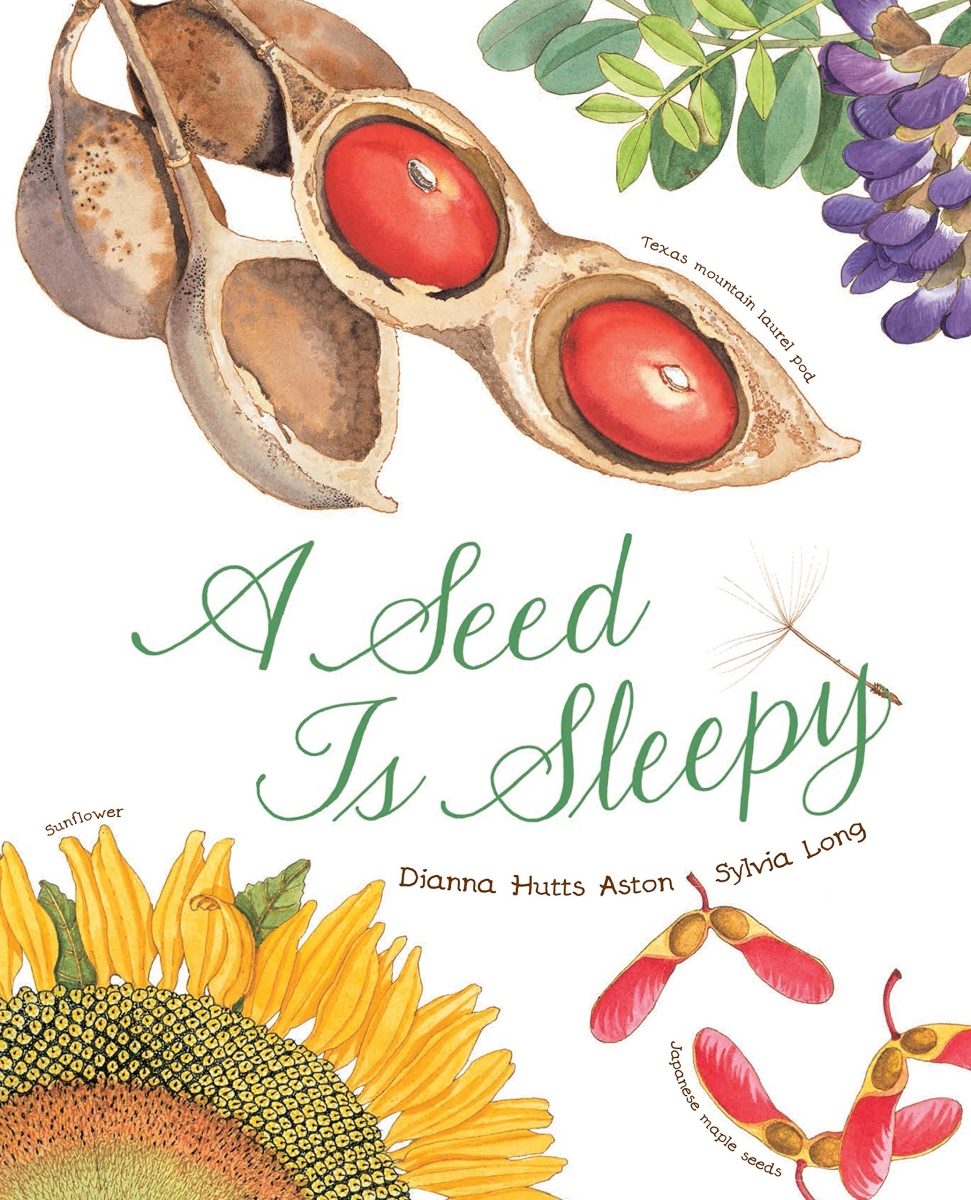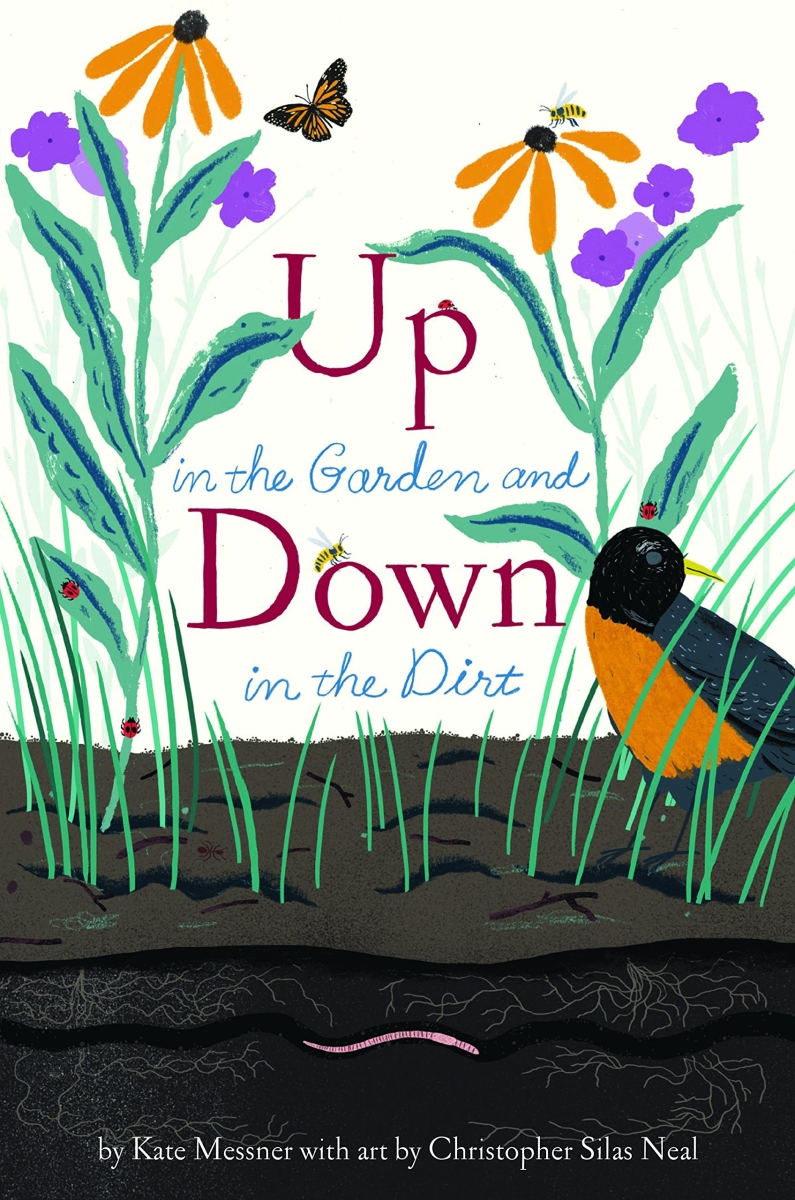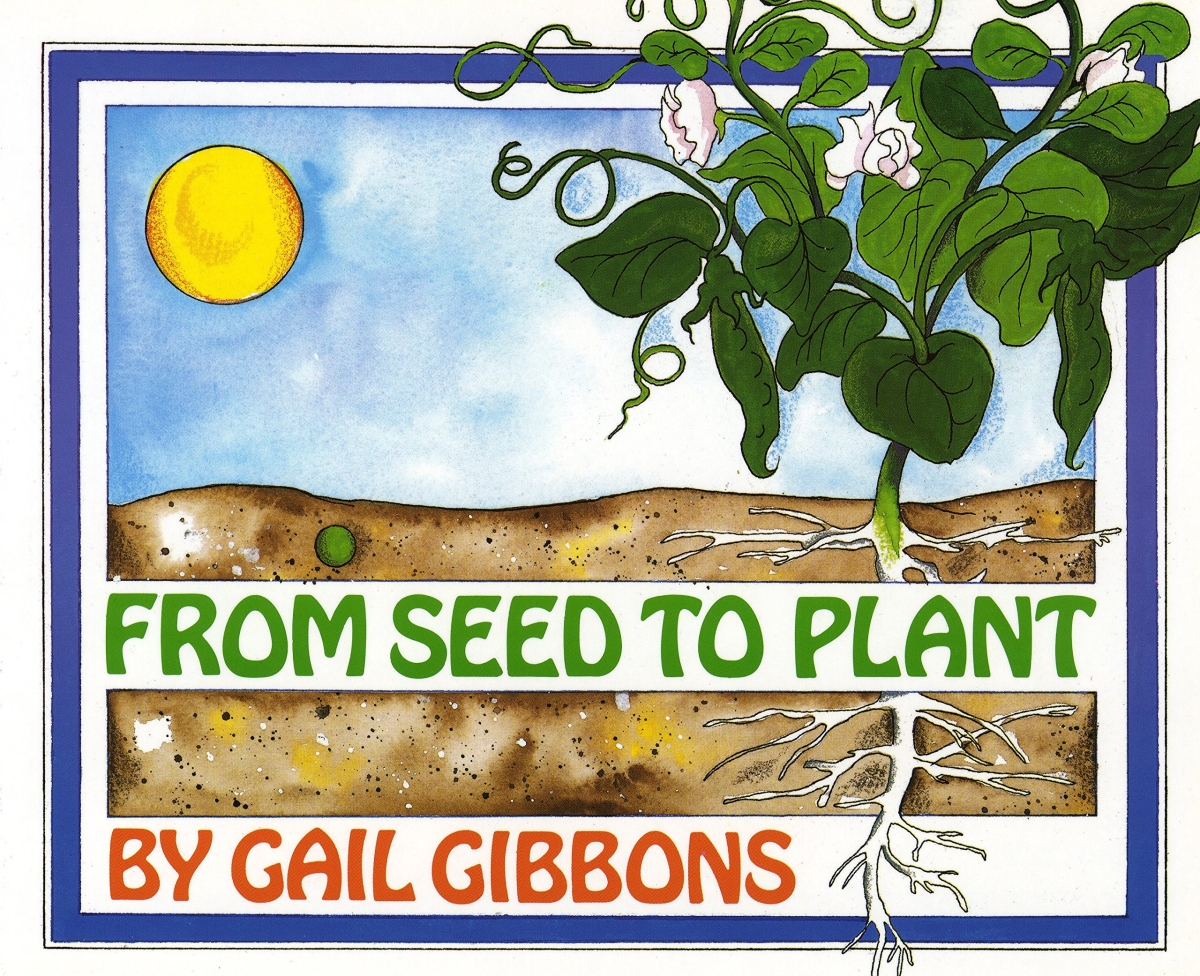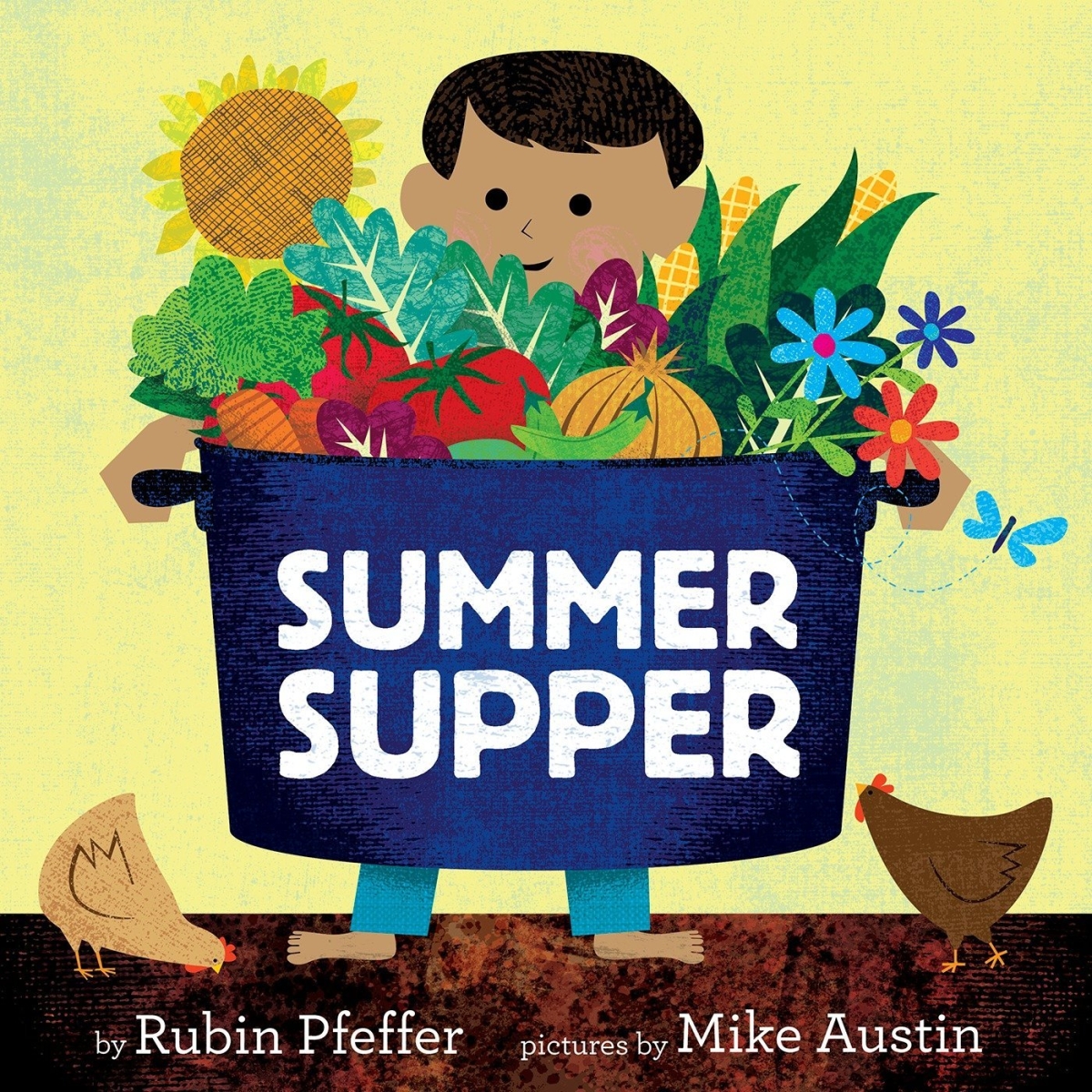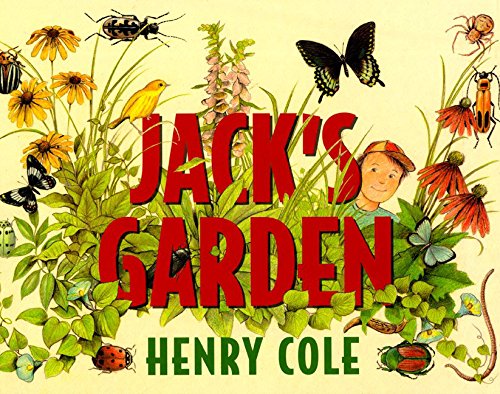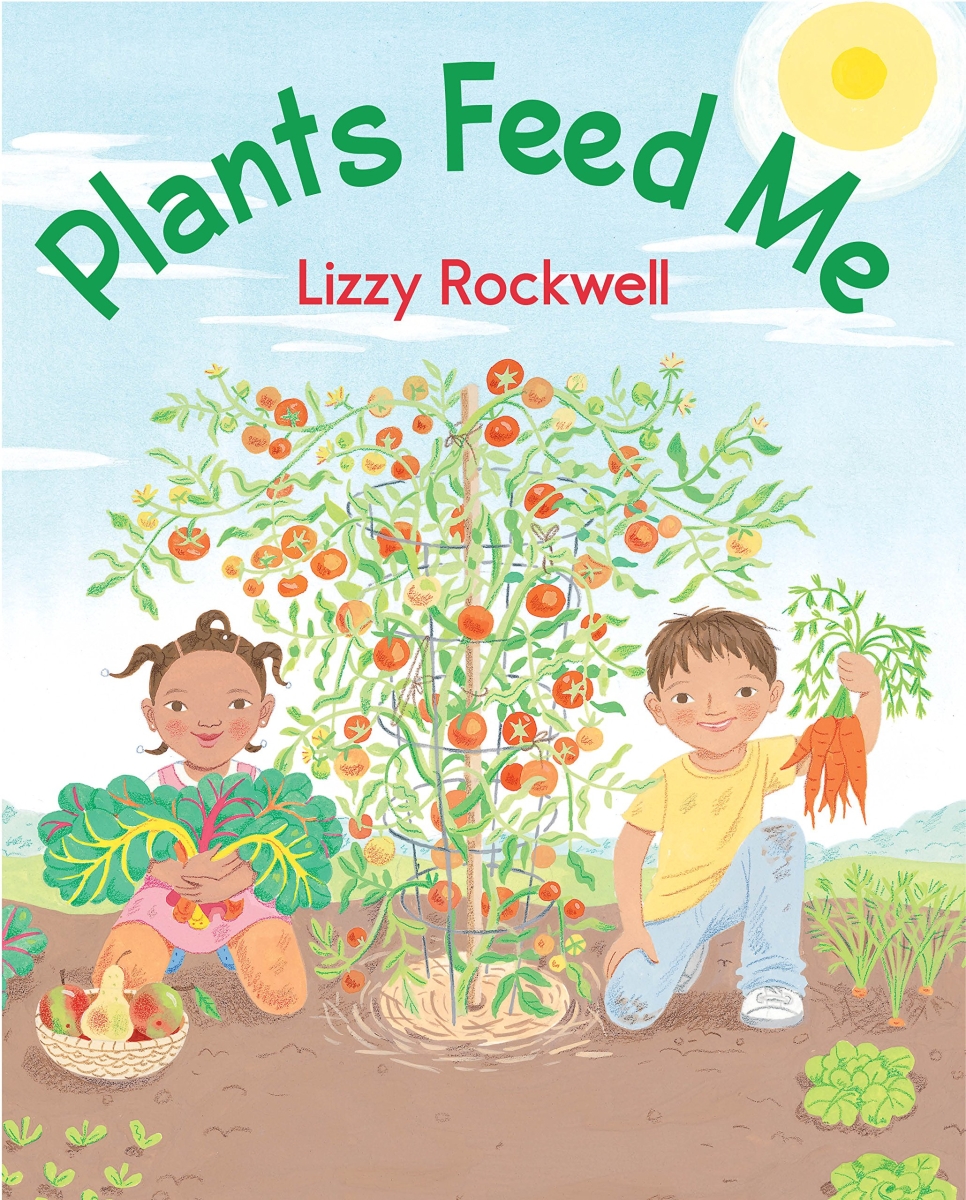- Visit
- Things to Do
- Learn
- Arboretum
- Research
- Support
- About
- People


Designed for kindergarten - 2nd grade
$4 per student
The imagination of your budding young scientists will be captured as they explore the wonders of germination and plant growth. We investigate plant life cycles through models and dissection. Scientific observations are conducted and results are communicated. Outdoor exploration of the plant world reinforces student understanding of plant parts, functions, and roles in the watershed. Students select appropriate tools for planting seeds and provide care for their seeds.
Target SOLs for the field investigation.
Science (2018): K.1, K.3, K.5, K.6, K.7, K.9, K.10; 1.1, 1.4, 1.7; 2.1, 2.4, 2.5, 2.7, 2.8
Math (2023): K.NS.1, K.PFA.1, K.PS.1 ; 1.NS.1, 1.PFA.1, 1.PS.1 ; 2.NS.1, 2.PFA.1, 2.PS.1
English (2024): K.C.2, K.FFW.1, K.LU.1, K.R.1 ; 1.C.2, 1.FFW.1, 1.R.1 ; 2.LU.1, 2.R.1
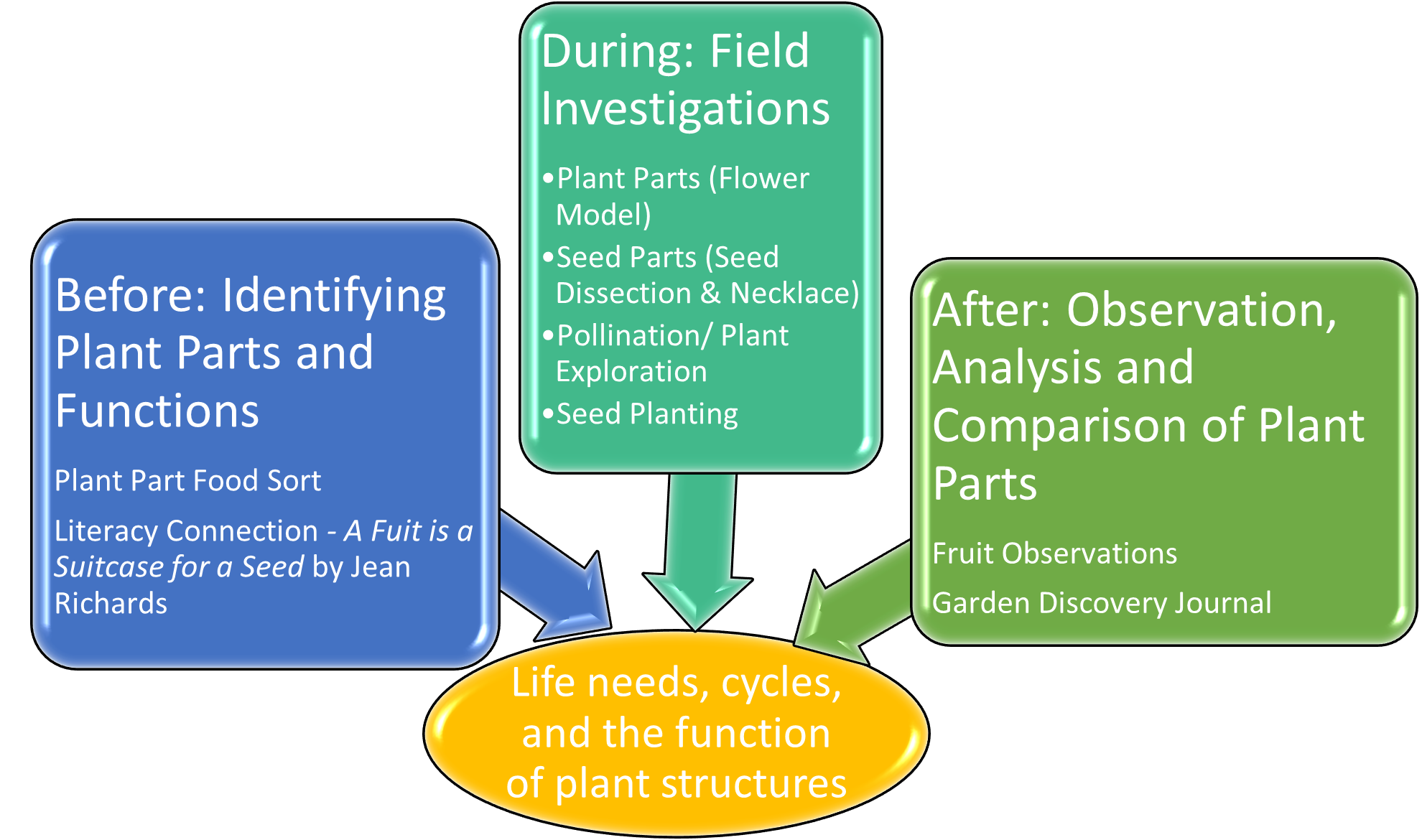
To enhance classroom connections, we have developed lesson clusters. Field investigations are more meaningful to students when they are integrated into their curriculum. This lesson cluster can be used to introduce and/or review and synthesize for a systems approach and increase depth of knowledge about plants. Before-visit activities introduce students to plant parts, the function of plant parts, and the different plant parts we eat. There is a focus on sorting and very basic classification. With the after-visit activities, students delve more deeply into observing, investigating and understanding the function of plant parts. They will be fine-tuning their observational skills and recording data on different fruits. Click here for the lesson cluster.
During your field investigations for our Let's Sprout program students explore and observe plants and their habitats at the Arboretum to learn that plants go through a life cycle, have life needs, and similar parts.
Below is an overview of the “standard” program activities to assist you with integrating this field experience into the classroom experiences. This will change due to weather, the volume of students, or communication with environmental educators. Click here for a sample schedule (will vary depending on the number of classes).
Plant Parts ("Fred") - Using a mop plant model, we explore plant parts and functions and discuss the plant life cycle.
Seed Parts, Functions & Seed necklace - Students dissect a bean seed and use a magnifying tool to examine seed parts and functions and make inferences about seed parts. Students make a seed necklace to observe and watch seeds germinate.
Pollination exploration – Students use their observation skills and magnifiers to find and draw/label plants on whiteboards. Student investigations of flowers, pollination, and insects as they examine gardens for all parts of a plant’s life cycle.
Seed Planting and book- Students use tools to plant seeds, discuss seed life needs. Book reading as time allows for a literacy connection.
VA Standards Addressed
Science (2018): K.1, K.3, K.5, K.6, K.7, K.9, K.10; 1.1, 1.4, 1.7; 2.1, 2.4, 2.5, 2.7, 2.8
Math (2023): K.NS.1, K.PFA.1, K.PS.1 ; 1.NS.1, 1.PFA.1, 1.PS.1 ; 2.NS.1, 2.PFA.1, 2.PS.1
English (2024): K.C.2, K.FFW.1, K.LU.1, K.R.1 ; 1.C.2, 1.FFW.1, 1.R.1 ; 2.LU.1, 2.R.1
